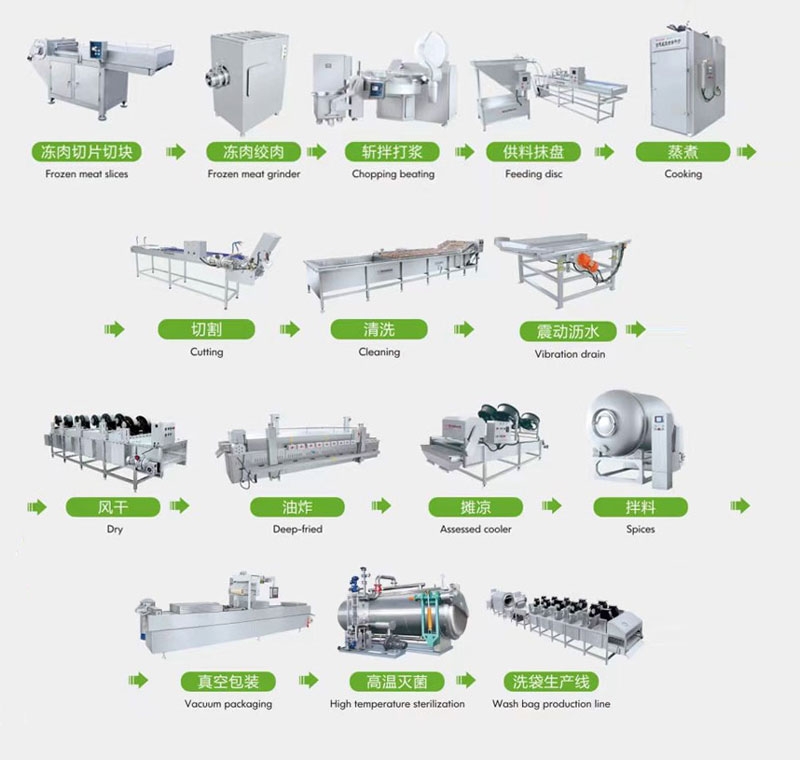A tomato paste production line refers to a series of interconnected machinery and equipment used in the processing and manufacturing of tomato paste from fresh tomatoes. This production line typically involves several stages, each aimed at transforming fresh tomatoes into concentrated tomato paste, which is a commonly used ingredient in various culinary applications.
The process typically begins with the reception and washing of fresh tomatoes, which are then sorted to remove any damaged or spoiled ones. The tomatoes are then crushed or chopped to break them down into smaller pieces, releasing their juices and pulp. This step may involve equipment such as crushers, pulpers, or blanchers.
Next, the crushed tomatoes undergo a heating process to remove excess water and concentrate the flavor and consistency. This can be achieved through evaporation in vacuum pans or by using a rotary evaporator. The concentrated tomato mixture is then further refined and strained to remove any seeds, skins, or fibrous materials, resulting in a smooth tomato puree.
The tomato puree is then further concentrated by removing more water through additional heating and evaporation processes. This concentrated puree is what eventually becomes tomato paste, which is thick, smooth, and intensely flavored.
Finally, the tomato paste is sterilized to ensure its safety and preserve its shelf life. This can be done through processes such as hot filling or aseptic packaging, which involves filling the tomato paste into sterile containers under high temperature and pressure conditions.
Throughout the entire tomato paste production line, strict quality control measures are typically in place to monitor factors such as acidity, color, flavor, and microbiological safety. Automated systems may be used to regulate and monitor various parameters to ensure consistency and quality in the final product.
Overall, a tomato paste production line is a sophisticated and efficient system designed to transform fresh tomatoes into high-quality tomato paste, ready for packaging and distribution to consumers or further processing in various food products.

Must-read blogs for bosses







